In the pajama section for babies and toddlers, choices abound. Footed vs. footless. Zippers vs. snaps. 2-piece or 1-piece. A lot of it comes down to preference, but the footie vs. footless pajama debate also includes safety.
As a mom of three, I have my own philosophy about when to go footless and when footed pajamas are best. Here's my advice for new parents.
Footed Pajamas: Best for Infants
People don't often complain about this, but it's a common problem for parents of infants—lost socks. Seriously. They rub off as your baby kicks and moves around before they disappear forever.
Or, once your baby can reach their feet, they pull them off. I lost track of the number of socks my oldest son disappeared this way.
This is where footed pajamas come in.
Baby footie pajamas are easy to find in both onesies and two-piece designs, making them an obvious choice. On the practical side, footie pajamas keep your baby's feet covered and cozy. Hassle-free, footie pajamas are designed with a sock or bootie attached to the pant legs, keeping babies warm.
Unfortunately, footie pajamas are lacking in some areas. For example, newborn footie pajamas don't fit for long. The bootie complicates the fit, meaning pajamas can easily be too big or too small.
Another issue is that once babies are mobile, footed pajamas put your baby at risk for slipping while crawling or walking. Although minor, another complaint is that footed pants tend to fall off during diaper changes. Some styles don't include an elastic around the ankle, meaning they can easily slip off.
Pros and Cons of Footed Pajamas
Pajamas featuring attached booties have advantages and disadvantages.
| Pros | Cons |
| Keeps baby warm | Slippery for walking |
| No lost socks | Babies grow out of them quickly |
| Don't ride up the leg | Prevent exploration and sensory experiences |
| May slip off during a diaper change |
Advice for Footie Pajamas
As a mom, I loved footed pajamas for the newborn stage. They kept my kids from losing socks when out and about and kept them covered in cool weather. Footless pants tend to ride up when my babies moved and squirmed, exposing their legs. Footed pajamas were a practical solution to this issue.
Although I love footed pants, I typically used a mix of both so my little ones so they could get the chance to play with their feet. Once my little ones learned to crawl, I only used footed pajamas for nighttime. That way, they could safely explore and play in footless pajamas.

Footless Baby Pajamas: A Versatile Choice
Whether in a one-piece or two-piece set, footless pajamas are practical and no-fuss. Pair them with socks, shoes, or booties—or skip footwear altogether.
Footless pajamas are a bit more flexible than footie pjs. Too big? Fold up the bottom of the pants. Too small? They fit nicely as a capri-style.
Going barefoot in footless baby pajamas is ideal for new crawlers and walkers. Or, you can put socks with grip or shoes on your baby for extra security.
Advice for Footless Pajamas
Once my babies were crawling and walking, I went footless pjs all the way. They're safer and easier to manage. My little ones did enjoy footie pjs for sleeping, which was still a good option.
Footless pajamas are also a good choice when your baby can crawl and walk beyond safety reasons. When your little one gets their socks wet, you can just change them instead of the whole pant. Also, they're easier to manage for potty training.
Pros and Cons of Footless Pajamas
In short, here are the advantages and disadvantages of footless pajamas.
| Pros | Cons |
| Fit longer | Don't keep baby as warm |
| Allow baby to explore | May ride up the leg |
| Better for walking and crawling | |
| Better for diaper changes and potty training |
Which do you prefer, footie or footless pajamas? Let us know your opinion in the comments below.
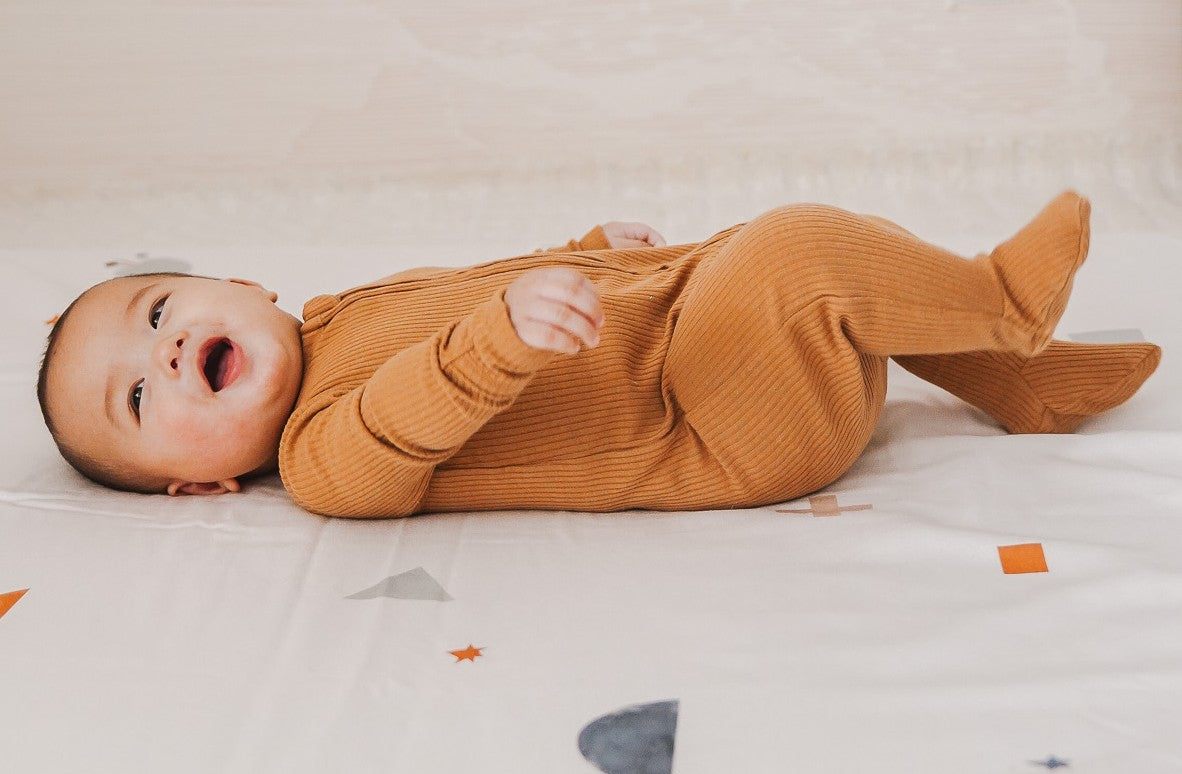

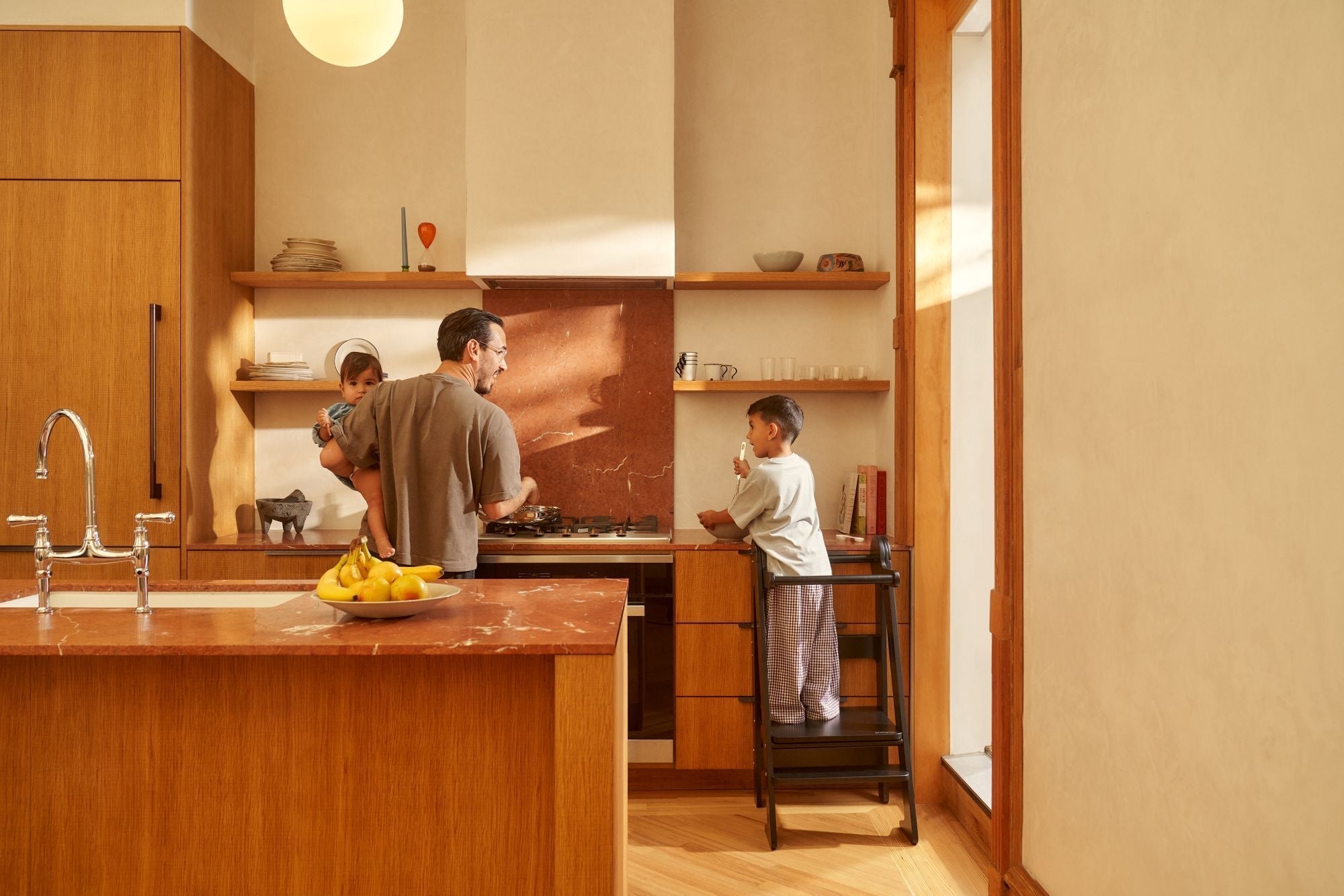
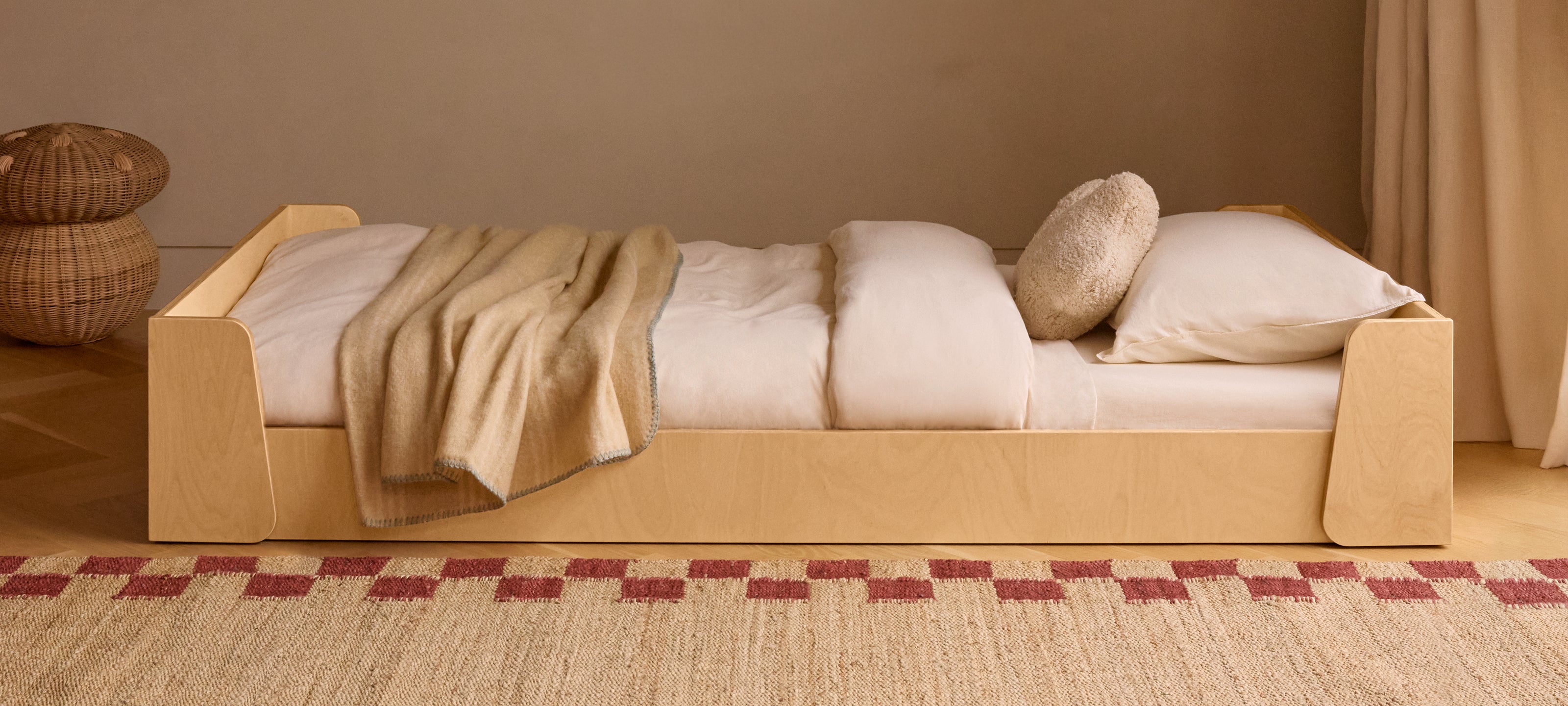
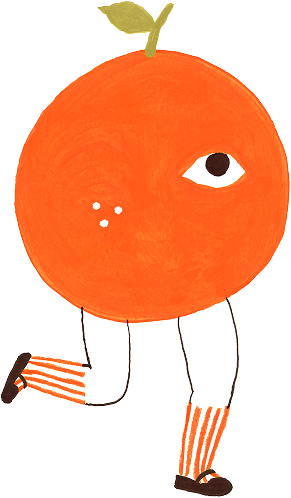
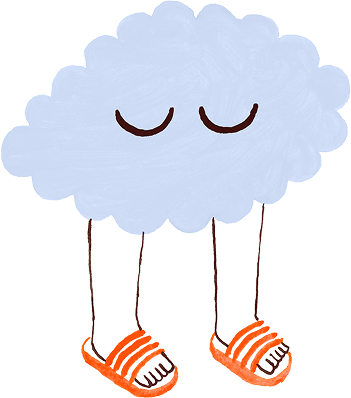
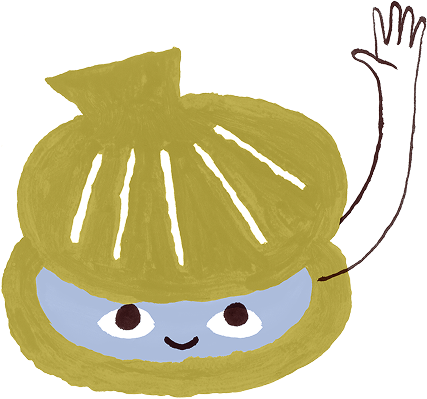

Leave a comment
This site is protected by hCaptcha and the hCaptcha Privacy Policy and Terms of Service apply.